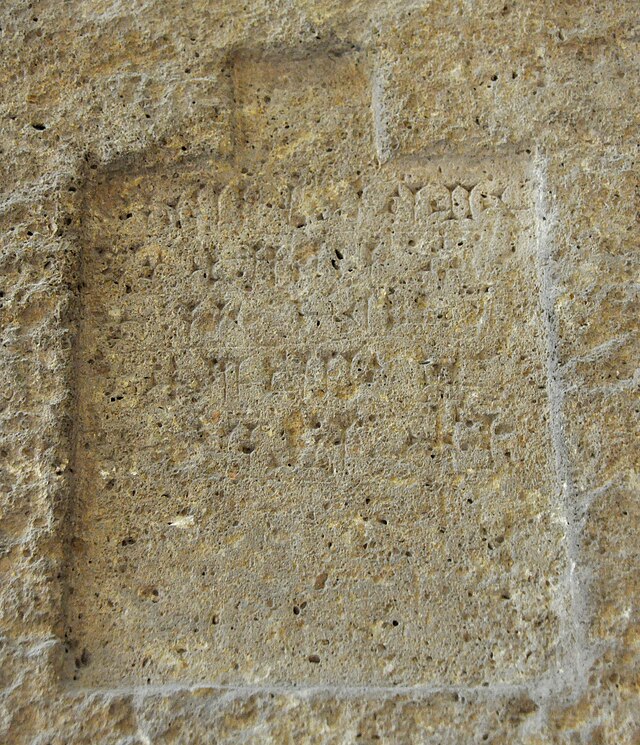Limmu
Limmu
Assyrian official after whom the current year was named
In the history of Assyria, Limmu was an Assyrian eponym (a person after whom something is named). At the beginning of the reign of an Assyrian king, the limmu, an appointed royal official, would preside over the New Year festival at the capital. Each year a new limmu would be chosen.[1] Although picked by lot, there was most likely a limited group, such as the men of the most prominent families or perhaps members of the city assembly.[2] The Assyrians used the name of the limmu for that year to designate the year on official documents. Lists of limmus have been found accounting for every year between 892 BC and 648 BC.
Parts of this article (those related to Finds of limmu lists in past couple years, covering a much wider range of dates than indicated below) need to be updated. (November 2012) |

Detail. Stele of Shamsh-bel-usur, limmu of the years 864 and 851 BCE. From Assur, Iraq. Pergamon Museum
During the Old Assyrian period, the king himself was never the limmum, as it was called in their language. In the Middle Assyrian and Neo-Assyrian periods, however, the king could take this office.
